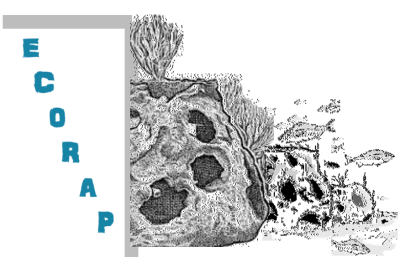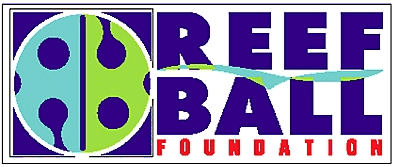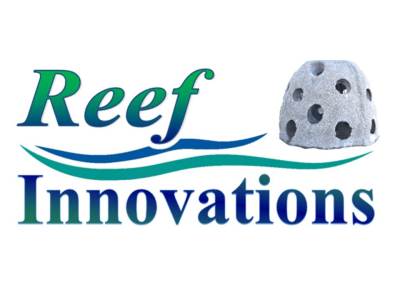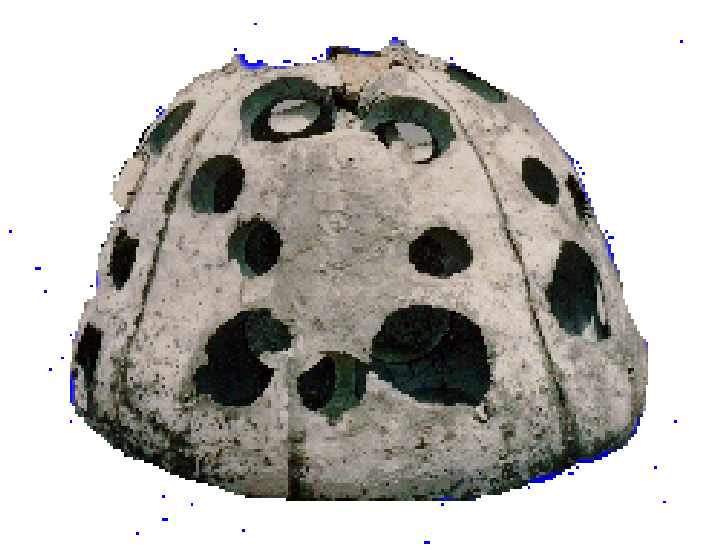

Reef Beach
Shoreline Restoration
Shoreline Restoration
About
Program construction consists of a sequence of refinement steps.
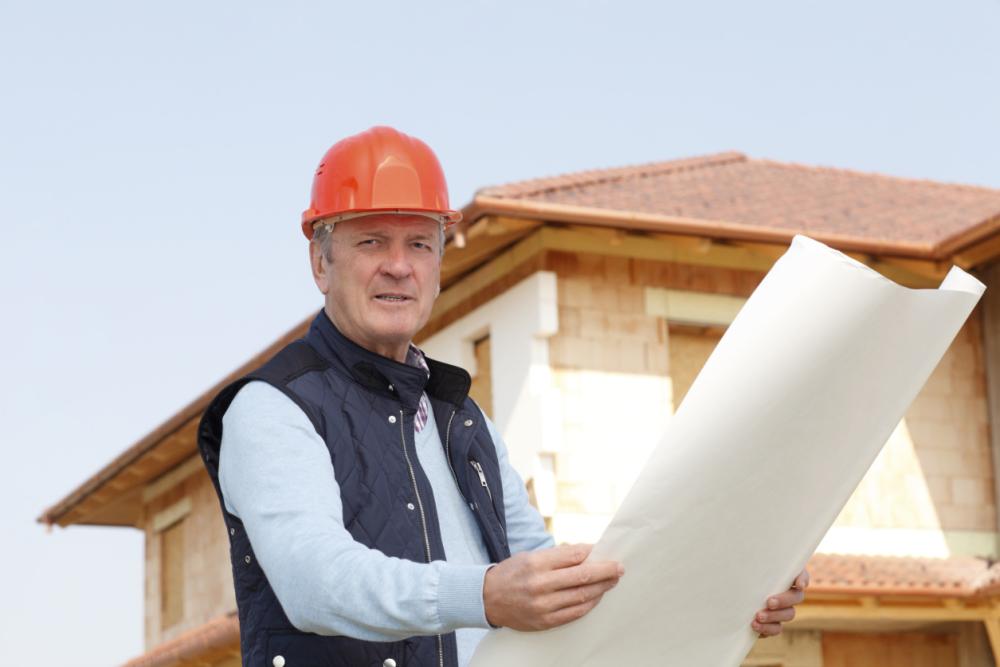

Reef Ball Submerged Breakwater Design & Construction
Proper application of Reef Balls to create a functioning submerged breakwater with all the biological benefits of creating reef habitat is critical to your project's success and we are committed to only do projects that will be successful. Eight out of ten projects that we examine ARE NOT suitable for Reef Balls (usually due to extreme tidal variations, too deep nearshore, lack of suitable sand transport or unsuitable bottom type. However, when conditions are right for Reef Balls, they make one of the best possible solutions to beach erosion.
Crest Height
Reef Balls are ideally situated where the crest (top) of the Reef Balls are very slightly below the biological tide line which is defined as the highest elevation that marine life will grow in your area (typically calcifying marine life such as coral in tropical waters). This provides the best protection with the minimum number of rows of Reef Balls for your wave climate. If the Reef Balls are deployed deeper than this elevation, more rows of Reef Balls (crest width) would be required for similar protection.
Tide Range
The tide range is also an important variable. The higher your tide range, the less effective Reef Balls will be because they work best when the crest is near the ocean surface. If your tide range is greater than 2 meters, Reef Balls may not work unless they are installed above the biological tide line and this requires special approval from Reef Beach because in some locations the aesthetics of Reef Balls sticking out of the water with no growth on them is not acceptable. Reef Balls should nearly always be installed parallel to the beach usually following depth contour lines, perpendicular applications also require special approvals because groin-like configurations can negatively affect adjacent properties by causing downdrift erosion.
Crest Width
Crest width is very important, longer period wave climates require more crest width. Shorter period wave climates are ideal for submerged breakwaters. Crest width requirement is an important cost variable as it determines the number of rows of Reef Balls required. There are a number of factors uses to compute optimal crest width and these are explored in depths when doing your initial site survey and preliminary design. The primary variables are tide range, planned crest depth, wave climate and level of desired protection.
Module Spacing
Rows are typically separated by 1/2 meter giving a little wider crest than module widths without allowing wave reformation over the submerged breakwater. Reef Balls are placed less than 15 CM apart going parallel to the shore to provide the best wave protection. Gaps, which are typically design requirements in non-porous breakwaters are NOT required with porous Reef Balls because there is no ponding effect and marine life including turtles can pass easily through the Reef Ball fields. However, diagonally configured gaps can be included for boats or other uses of gapped areas.
Distance From Shoreline
Reef Balls function equally well from 10 meters out to 100 meters from the shoreline, but beach managers must consider having enough recreational space inside the breakwater and this includes accounting for the fact that the beach width is usually increased as a result of the Reef Balls. The further out from shore is usually deeper and requires larger Reef Balls to reach the desired planned crest height. This can increase project costs, so your project budget may determine what size Reef Balls you can afford and therefore what distance from shore you must plan for proper protection. If your project does not have less than 3 meters of depth measured from the biological tide line in this range then Reef Balls are probably not suitable for your project because the tallest module we currently manufacture is roughly 2 to 2.5 meters.
Module Stability
In addition to the number of Reef Balls and sizes of Reef Balls to be used, anchoring requirements are the next big cost consideration. We have several anchoring options that depend upon the bottom type and the largest expected wave climate in your area (often called a 50-year storm). There are two types of stability that can be addressed with anchors, movement of modules across the seafloor (horizontal stability) and subsidence into the seabed (vertical stability). If your seafloor is soft, you most likely need vertical stability only. If your seafloor is hard, you only need horizontal stability. Anchoring may or may not be required depending upon your wave climate. This will be determined during your site assessment.
Use of Coastal Engineers
Most submerged breakwaters require locally or internationally licensed coastal engineers for permitting and final design. This provides insurance that projects don't adversely affect neighboring properties and allows a more accurate estimate of all the variables mentioned on this page. In the event your property is remote or you are in an area where coastal engineers are not required or not within your budget Reef Beach can provide product guidance of our best conservative estimates of the above variables and you may have to add additional rows of Reef Balls over time until your beach width stabilizes at your desired width. This approach is slower to achieve results and does not replace professional engineering advice. It's a good idea for you to ask your coastal engineering team if they have worked with Reef Ball porous submerged breakwaters before, if not have them consult with us in advance to brief them on the design principles that are slightly different than standard non-porous submerged breakwater and completely different that emergent breakwaters such as geo-tubes and rubble mounds.
Biological Impact
Reef Balls are uniquely designed specifically to create marine habitat both for fish and for the marine life that grows on reefs. Calcifying marine life such as hard coral, oysters, and barnacles in many areas will grow on the Reef Balls and help increase wave attenuation as they increase the size and complexity of the Reef Balls just as natural reefs grow over time. Reef Balls have been used in over 60 countries worldwide to increase marine habitats and as such are considered a positive addition to oceanic and estuary life. For hard coral, the natural process of settlement and growth can take 8-12 years to be substantial enough to increase wave attenuation, but this process can be accelerated by planting coral propagate plugs on the Reef Balls shortly after deployment. We can put you in touch with the Reef Ball Foundation's Coral Team if you want that feature added to your submerged breakwater. Reef Balls are safe for turtles, manatees and sea birds.
Determining Crest Elevation & Width
Determining Seabed fitting & anchoring
Choosing Custom Design Elements
